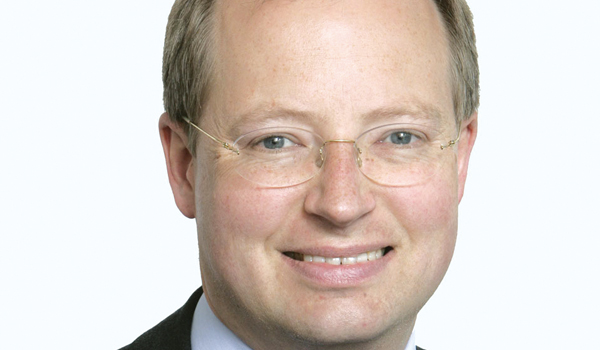Home Office defends ESN progress
The challenging Emergency Services Network (ESN) programme is slipping further behind schedule with the nine-month delay anticipated earlier this year now almost certain to be longer. Home Office Permanent Secretary Philip Rutnam admitted at a hearing of the Public Accounts Committee (PAC) last week that it was now reviewing the timetable for the programme both schedule and cost because there have been further delays, but was unable to give a new date for when the transition will begin.
The challenging Emergency Services Network (ESN) programme is slipping further behind schedule with the nine-month delay anticipated earlier this year now almost certain to be longer. Home Office Permanent Secretary Philip Rutnam admitted at a hearing of the Public Accounts Committee (PAC) last week that it was now reviewing the timetable for the programme both schedule and cost because there have been further delays, but was unable to give a new date for when the transition will begin. Earlier this year we announced that there would be a nine-month delay in the programme and that it would not begin transition before June 2018, Mr Rutnam told the PAC. It is clearly going to be more than nine months. I cannot give a timetable, but the programme continues to make good progress on a whole range of fronts. The project was due to be rolled out geographically from this autumn, starting in the North West. Questioned by committee member Nigel Mills MP about the programmes current risk rating is it a scarlet red flashing light? Mr Rutnam replied: The Governments policy is to publish the risk ratings on Government Major Projects Portfolio (GMPP) programmes roughly six months after the Major Projects Authority (MPA) has completed its reviews. I do not think it would be appropriate for me to say the risk rating at this hearing because the Governments policy is to publish these six months in arrears. So it will be published in due course. Mr Rutnam also dismissed a suggestion from Mr Mills that it looks from your letter of October 31 that it was only you turning up in the department that led to it being looked at bit more closely. No. I dont accept that. Thats not correct, said Mr Rutnam. This is, as you say, a challenging programme. It is also a necessary programme. Since my arrival in the department, I have sought to take a close personal interest in the matter, which can only be helpful. This programme has been right at the top of the departments agenda in terms of the scale and complexity of our own change programmes for a number of years, and the department has consistently sought to put a lot of effort into it. Responding to Mr Mills suggestion that the department was a little bit over-confident on this for quite a while and was now playing catch-up, Mr Rutnam said the programme was very complex in terms of the range of stakeholders involved and the number of component parts there are, and it was also, in certain limited respects, technically innovative. It is also a programme that will bring the emergency services and the country as a whole some very significant benefits, he explained. Throughout this re-plan and reset, we are seeking to keep our eyes firmly focused on the prize. In reviewing the programme, we are going to bring every possible degree of rigour, scrutiny and expertise to bear on the programme so we emerge from the re-plan with an envelope, in relation to schedule and cost, in which we can have a very high degree of confidence. That is the enterprise we are embarked on now. Mr Rutnam added that there were always things to be learnt and things to be improved upon. As time has gone on in particular, during this year, as we learnt more about the challenges relating to the software design and as our relationship with our suppliers evolved we have come to see clearly the need for not just a nine-month delay, but a new approach to schedule and cost, in which we can have lasting confidence, he said. Responding to concerns by PAC chair Meg Hillier on getting the ESN into the London Underground, Mr Rutnam said: I think we have made good progress at a number of levels with Transport for London (TfL). Yes, we are confident. There is a technical solution, which is now well defined for extending coverage through the Tube. The programme with TfL is well underway. Eighteen kilometres of what is known as leaky feeder have already been installed; 64 km in total should be installed by the end of this year. A technical roll


